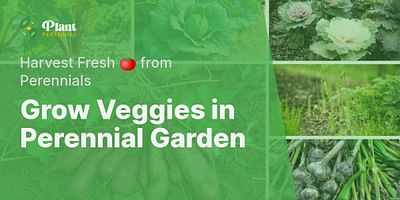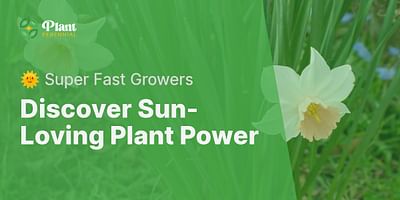David is a plant biologist who studies the genetics and evolution of perennial plants. He has published numerous papers on plant physiology and ecology, and is a sought-after speaker at conferences and symposia. In his free time, he enjoys playing chess and hiking.
Absolutely! Perennial flowers can indeed be grown from seeds. While many people opt to purchase established plants from nurseries, starting perennials from seeds can be a rewarding and cost-effective way to fill your garden with beautiful blooms. In fact, growing perennials from seeds allows you to have a wider variety of choices, as there are numerous perennial seeds available on the market.
To get started, you'll need to select the right seeds for your garden. There are countless options to choose from, including popular perennials like coneflowers, phlox, delphiniums, and bee balm. You can find a wide variety of perennial seeds online or at your local garden center.
Once you have your seeds, it's time to prepare them for planting. Start by reading the instructions on the seed packet, as different perennial species may have specific requirements. In general, most perennial seeds benefit from a process called stratification, which mimics the natural winter conditions that some seeds need to germinate. This can be done by placing the seeds in a plastic bag with a damp paper towel and refrigerating them for a few weeks before planting.
Next, choose a suitable location for planting. Most perennials prefer a sunny spot with well-draining soil, although there are also varieties that thrive in partial shade. Prepare the soil by removing any weeds or debris and loosening it with a garden fork or tiller. You can also amend the soil with compost or organic matter to improve its fertility.
When it's time to sow the seeds, follow the instructions on the seed packet for the recommended depth and spacing. In general, you'll want to plant the seeds at a depth of about twice their diameter. After planting, gently water the area to ensure good seed-to-soil contact.
Keep the soil consistently moist until the seeds germinate, which can take anywhere from a few days to a few weeks, depending on the species. You may want to cover the area with a thin layer of mulch to help retain moisture and protect the seeds from birds or other pests.
As the seedlings emerge, thin them out if they are too crowded, allowing the strongest ones to grow. Once the seedlings have developed a few sets of true leaves, you can transplant them into their permanent spots in the garden, following the recommended spacing for each species.
It's important to note that perennial flowers grown from seeds may not bloom in their first year. Perennials typically take a year or two to establish themselves before they start flowering. However, the wait is well worth it, as these plants will continue to come back year after year, adding beauty and color to your garden.
In conclusion, growing perennial flowers from seeds is a rewarding and cost-effective way to fill your garden with a wide variety of beautiful blooms. With proper preparation and care, you can enjoy the benefits of these long-lived plants for years to come. So go ahead and give it a try – you'll be amazed at the results!















